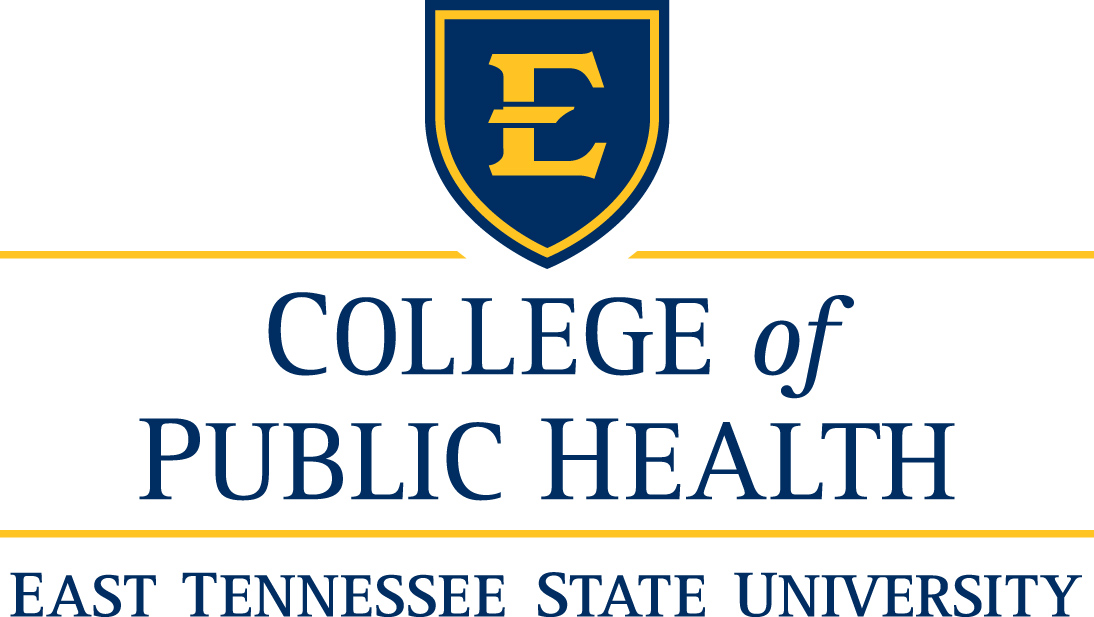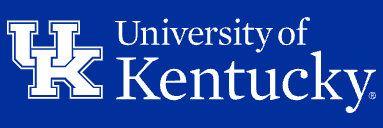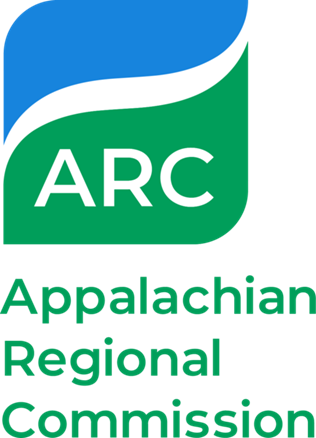Abstract
Introduction: Food insecurity means lacking access to adequate, nutritious, and safe food. Collegiate food insecurity rates at ten Appalachian campuses range from 22.4% to 51.8%, and have been associated with unfavorable health and academic outcomes.
Purpose: This study compared cooking, dietary, and food safety characteristics of food secure (FS) and food insecure (FI) sophomores at a university in Appalachia in the context of the USDA definition of food security.
Methods: Data were collected using an online questionnaire. Descriptive and inferential procedures compared FS and FI sophomores (p < 0.05).
Results: Participants (n = 226) were 65.0% females, 76.1% whites, and 46% FI. About 40% of on-campus and 50% of off-campus residents were FI, and 70% of FI students reported needing help accessing food. Cooking was undertaken “less often” by 61.5% of FS and 55.8% of FI sophomores. Mean cooking self-efficacy scores for FS and FI students were 44.9 , vs 43.4 , (p > 0.05) out of 52 points. Grains were consumed most often by 40% of FS and FI students and vegetables were consumed least often by 70% of both groups. Mean food safety test scores for FS and FI students were 6.2 1.60 vs 6.6 1.52 (p > 0.05) out of 11 points. Requested educational activities included making a budget and planning balanced meals.
Implications: The high rate of food insecurity reflects an ongoing need among sophomores for campus and community food assistance and for educational activities that teach purchasing and preparation of affordable, healthy and safe foods.
DOI
DOI: https://doi.org/10.13023/jah.0304.08
Creative Commons License

This work is licensed under a Creative Commons Attribution 4.0 License.
Recommended Citation
Boone H, Gutschall MD, Farris A, Fasczewski K, Holbert D, McArthur L. Comparisons of Cooking, Dietary, and Food Safety Characteristics of Food Secure and Food Insecure Sophomores at a University in Appalachia. J Appalach Health 2021;3(4):89–108. DOI: https://doi.org/10.13023/jah.0304.08
Included in
Appalachian Studies Commons, Inequality and Stratification Commons, Public Health Commons, Regional Economics Commons, Regional Sociology Commons, Rural Sociology Commons






Social Media Links